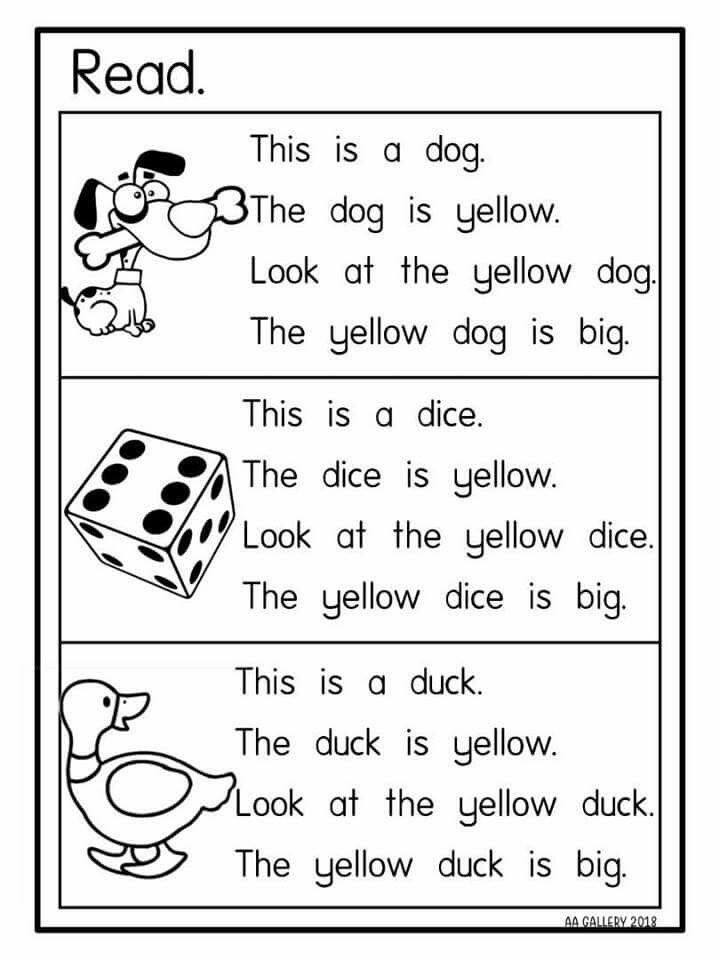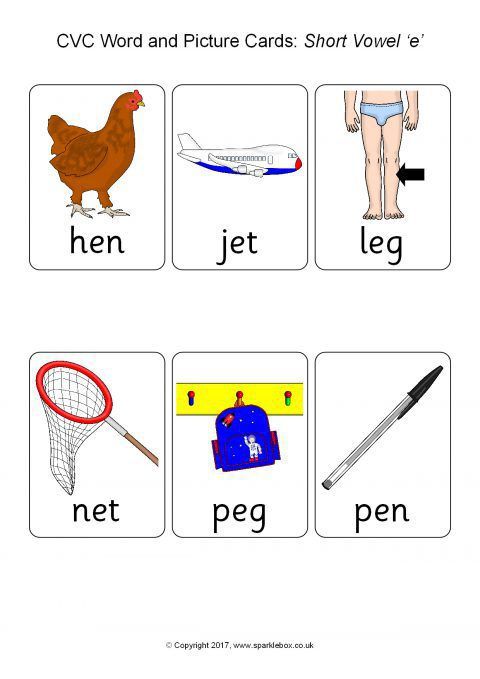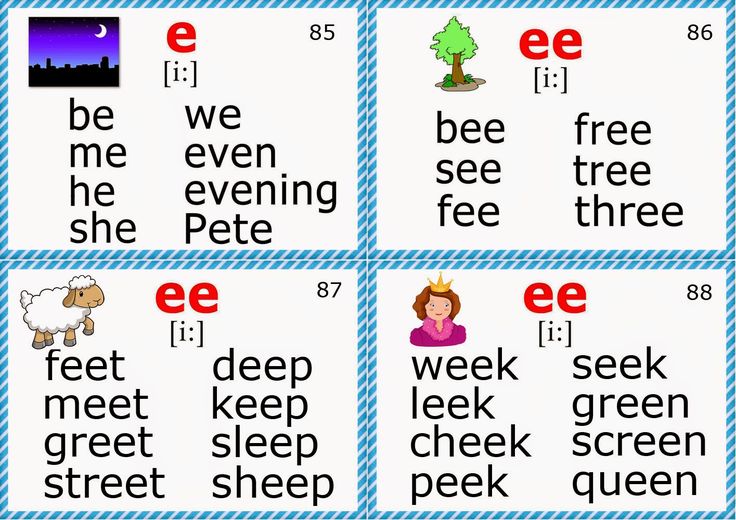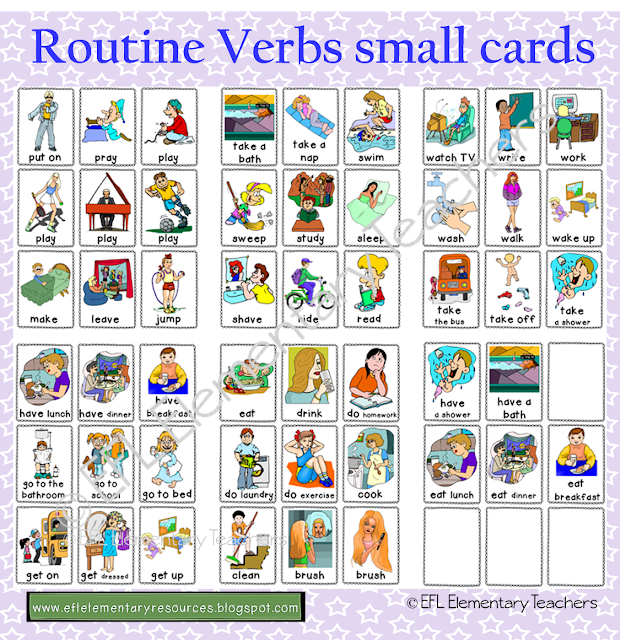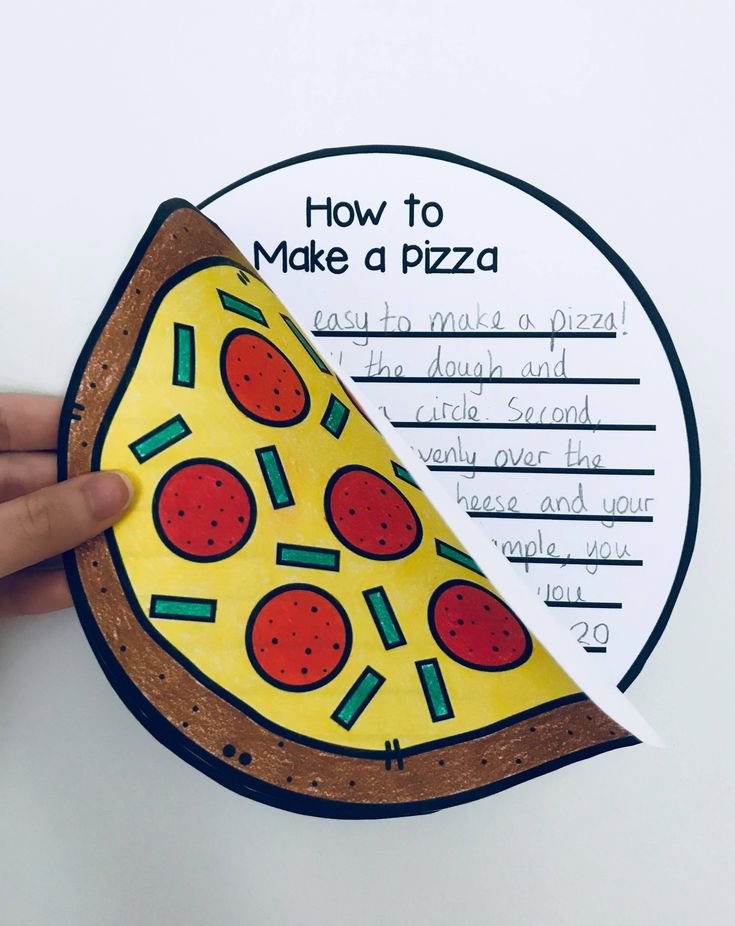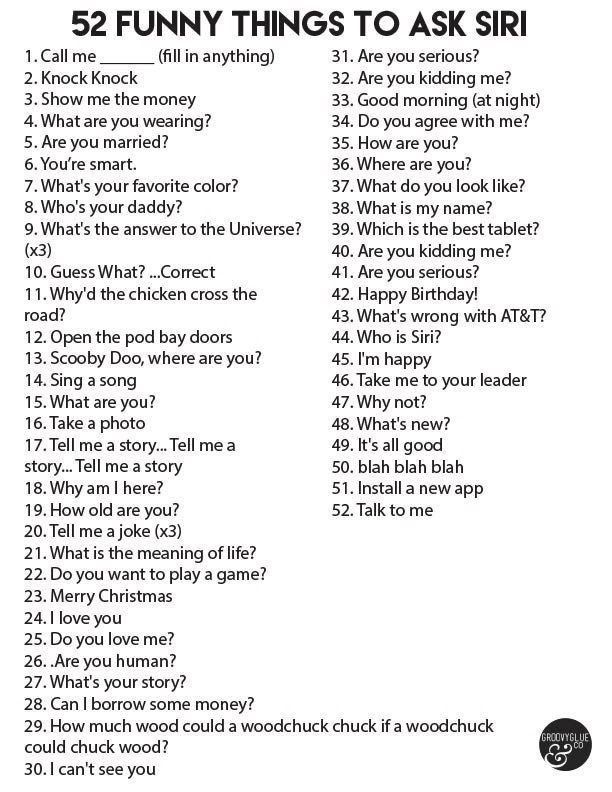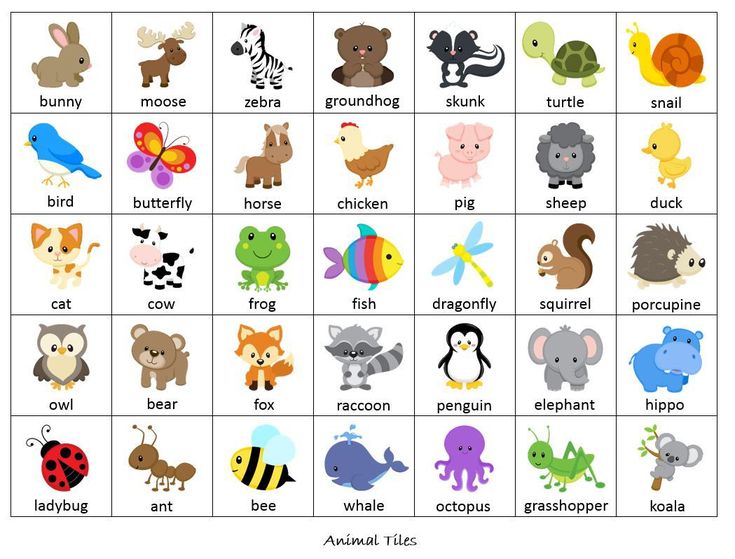Belly breathing with elmo
Belly Breathing for Kids & Meditation Tips from Sesame Street
ByLiz Hall Updated on
Mastering belly breathing for kids is a great life skill. Being able to calm yourself is an important technique that we don’t often talk about…especially with kids. These belly breathing steps by Elmo and monster meditation ideas work for kids of all ages, even the younger kids. Learning belly breathing and basic meditation would be an excellent addition to practice at home or in the classroom.
Rosita will teach us how to calm down in a fun and easy way!Calming Exercises & Activities Kids Can Do
Kids have all sorts of big feelings. They may feel sad, nervous, or frustrated, just to name a few feelings. And they may have trouble calming down. Sesame Street to the rescue, once again!
Through videos with some our favorite Sesame Street characters, the Muppets are here to offer some pretty fabulous kid-appropriate calming techniques.
Calming Techniques for Kids
Rosita knows what kids are going through right now — because she also gets frustrated when she can’t go to the park with Elmo! To help her calm down, she practices ‘belly breathing.’
Belly Breathing Technique for Kids with Rosita
In the Sesame Street video she teaches kids how to calm down by focusing on their breathing through belly breathing. She encourages kids to put a hand on their belly, breathe in through their nose, and breathe out through their mouth.
Watch Video to See Rosita Demonstrate Belly Breathing
Steps for Belly Breathing for Kids
- Put your hands on your belly.
- Take a deep breath through your nose.

- Slowly breath out through mouth…and it is good to have a little sound!
- Repeat
When I showed my kids the video, they copied her every move of the belly breathing technique.
They loved watching one of their favorite Sesame Street characters teach them how to catch their breath and calm down.
And I know we’ll be using this ‘belly breathing’ technique in the future! (This calming technique with Rosita originally aired during the CNN and Sesame Street Town Hall).
Monster Meditations with Cookie Monster
Sesame Street also launched a series of ‘Monster Meditations’ in partnership with Headspace helping people with mindfulness and meditation.
By featuring our favorite furry monsters from Sesame Street, they’re able to teach little ones how to meditate in a way that’s kid friendly and accessible. This meditation is a good one when you are waiting on something to keep the anxious feelings in check.
The first video was with Cookie Monster, who, let’s be honest, can get super excited when he knows he’s about to get some cookies!
To help him calm down, he does a Monster Meditation focused on using his senses.
But what happens when he uses his senses to smell cookies in the oven? He gets super excited again!
To help him relax, he does what Rosita does: belly breathing.
Steps for ‘I Sense’ Monster Meditation
This is a game of I Spy but with our 5 senses.
-Andy
- Start with a belly breath — see instructions above — to begin game with FOCUS.
- Can you spy something with sense of smell?
- With that smell in your nose, can you spy something with your sense of touch?
- With that {softness/other} in your mind, can you spy something with your eyes?
- While focusing on {what you saw}, can you spy something with your sense of hearing?
- While focusing on {what you heard}, can you spy something with your sense of taste?
- Repeat or play once!
Watch Video to See Cookie Monster Demonstrate Meditation for Kids Game
Belly breathing truly is an amazing technique that helps kids slow down and calm down. And as you can see in the two examples above it can be done anywhere for a multitude of reasons!
Love this Sesame Street IG Post!SOME MORE CALMING IDEAS FROM KIDS ACTIVITIES BLOGIn addition to these fabulous calming techniques for kids, Sesame Street recently created a wealth of new resources that kids are loving. There’s virtual play dates with Elmo, snack chats with Cookie Monster, and phone calls with their favorite Sesame Street muppets.
Bonus: you can even read 100 Sesame Street books for free!
- Help your kids learn how to make bubbles at home – did you know that blowing bubbles requires deep breathing to accomplish? So cool!
- My kids are obsessed with these active indoor games because exercise helps calm kids (& adults)!
- Spread joy with these fun facts to share for a giggle.
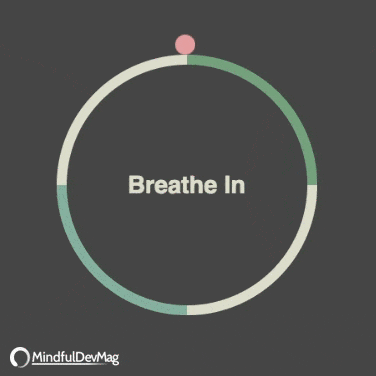
- Make galaxy slime – this sensory experience can help calm a child.
- Everybody has time for a 5 minutes craft – and being creative can help “change the subject” in a child’s mind.
- Color a calming zentangle pattern – this one is a seahorse.
- Here is a calming phrase you can use to help your kids.
- Check out this calming bedtime routine.
- Calming activities for kids – perfect for before nap time or bedtime.
- Don’t miss these DIY fidget toys which are both fun and relaxing.
- Check out all these sensory bins — they are perfect for calming younger kids.
- Make your own worry dolls!
Will you be trying Rosita’s belly breathing or monster meditation techniques with your kids?
Liz Hall
Liz SanFilippo Hall is a freelance writer/editor and work-at-home mama who writes about everything from food and travel to parenting, self care, and books. Some of her work can be found on CBSLocal. com and SelfSufficientKids.com. She also talks about all the ups and downs of parenting and life on her blog Oops & Daisies. .
com and SelfSufficientKids.com. She also talks about all the ups and downs of parenting and life on her blog Oops & Daisies. .
Sesame Street: Common and Colbie Caillat - "Belly Breathe" with Elmo
-
COMMON: Breathe.
-
ELMO: [EXHALES].
-
COMMON: [RAPPING]
-
Sometimes the monster that's inside you is a
-
monster that is mad.
-
It's a monster who is angry.
-
ELMO: [GROWLING].
-
COMMON: It's a monster who feels bad.

-
ELMO: [GROWLS].
-
COMMON: When your monster wants to throw things.
-
ELMO: Grr!
-
COMMON: And your monster wants to shout.
-
ELMO: Aah!
-
COMMON: There's a way to calm your monster and chill your
-
inner monster out.
-
ELMO: Aah!
-
COLBIE CAILLAT: [SINGING]
-
Belly breathe.
-
Gonna breathe right through it.
-
Belly breathe.
-
This is how you do it.
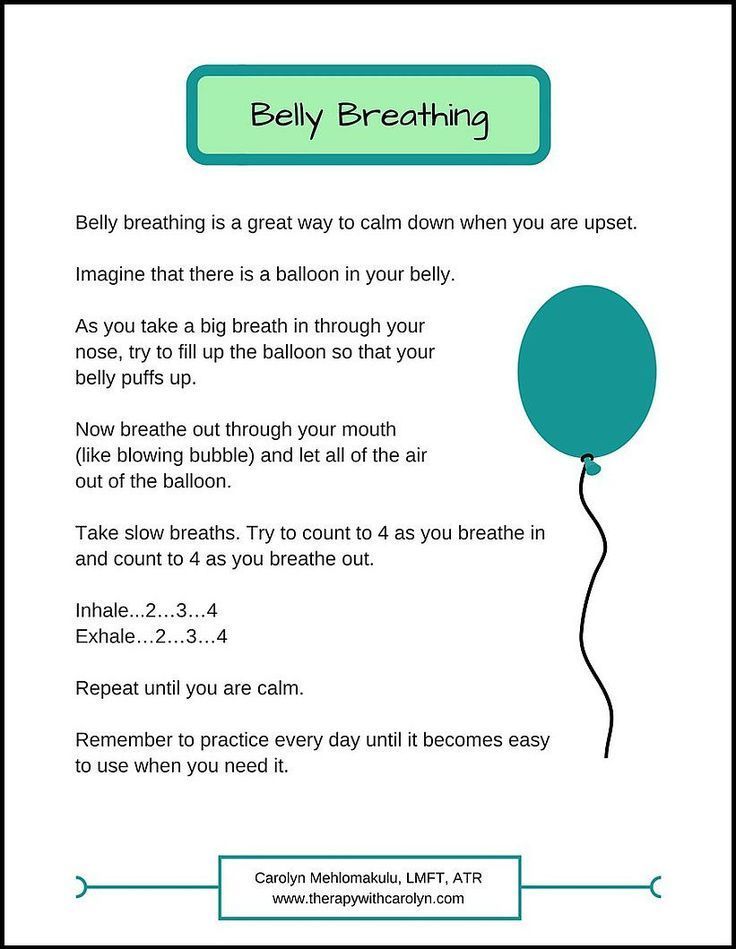
-
Belly breathe.
-
Gonna breathe right through it.
-
Belly breathe.
-
This is how you do it.
-
Put your hands on your tummy, now you're now ready to begin.
-
Put your hands on your belly and you slowly breathe in.
-
B-b-breathe.
-
Belly, belly.
-
B-b-breathe.
-
Belly, belly breathe.
-
Feel your belly go out in and in and out.
-
And you start to calm down without a doubt.

-
Feel your belly go in and out and out and in.
-
ELMO: Now Elmo feels like himself again.
-
ELMO & COLBIE: [SINGING]
-
Belly breathe.
-
Gonna breathe right through it.
-
Belly breathe.
-
This is how you do it.
-
B-b-breathe.
-
Belly, belly b-b-breathe.
-
Belly, belly breathe.
-
COMMON: [RAPPING]
-
Your mad monster may appear at any time and any place.
-
And that mad monster will make you make a mad monster face.

-
He makes you want to push, he makes you want to shove.
-
There's a way to calm that monster.
-
Bring out the monster love.
-
ELMO & COLBIE: [SINGING]
-
Belly breathe.
-
Gonna breathe right through it.
-
Belly breathe.
-
This is how you do it.
-
Belly breathe.
-
Gonna breathe right through it.
-
Belly breathe.
-
This is how you do it.
-
COLBIE CAILLAT: [SINGING]
-
Belly go out and in and in and out.

-
That's what belly breathing is all about.
-
Feel your belly go in and out and out and in.
-
COMMON: And now I feel like myself again.
-
ELMO & COLBIE: Belly breathe.
-
Gonna breathe right through it.
-
COMMON: Everybody test it.
-
ELMO & COLBIE: [SINGING]
-
Belly breathe.
-
This is how you do it.
-
COMMON: Come on, test it.
-
COLBIE CAILLAT: [SINGING]
-
Belly belly breathe.

-
COMMON: Everybody test it.
-
ELMO & COLBIE: [SINGING]
-
Belly belly--
-
ALL: Breathe.
-
ELMO AND TRAIN: [SINGING]
-
We were counting, finding the amount.
-
Then we counted up to five.
-
One, two, three, four, five.
-
COUNT: Ha, ha, ha, ha, ha.
-
GROVER: [SINGING]
-
I am Super Grover with a G.
-
ELMO AND ROSITA: A G!
-
GROVER: Watch me defying gravity.

-
ELMO: Gravity!
-
GROVER: As graceful as a swan.
-
ELMO: A swan?
-
ROSITA: A swan.
-
GROVER: My muscles are gargantuan.
-
[SAD TRUMPET SOUND]
-
GROVER: Ah ha ha ha ha.
Subtitles and vocabulary
Click the word to look it up Click the word to find further inforamtion about it
B2 SesameStreet belly breathe elmo monster grover
Video vocabulary
Breathing exercises for calmness, concentration and health - I Love Supersport Blog
Breathing exercises are a powerful tool for training the lungs and finding inner peace. In this article, we will talk about the most common breathing techniques for different purposes.
In this article, we will talk about the most common breathing techniques for different purposes.
Why you need breathing exercises:
🌿 Breathing exercises will help you relieve tension and become more focused.
🌿 Among the most effective breathing exercises are deep breathing, pursed-lip breathing and the 4-7-8 method.
🌿 Breathing practices improve attention, help to cope with anxiety and insomnia.
🌿 Breathing exercises should be practiced 1-2 times a day or more often with increased anxiety.
🌿 Breathing practices have a positive impact not only "here and now", but also work for the future - reduce anxiety, improve sleep quality and help with chronic obstructive pulmonary disease (COPD).
Whether your goal is to relieve the symptoms of an illness or seek peace and tranquility, any of the nine breathing techniques suggested will help you achieve this. Each of them is doable at home, does not require special devices and is suitable for any level of physical fitness.
Deep Belly Breathing
Deep Belly Breathing or Diaphragmatic Breathing is a simple and safe exercise. It teaches proper breathing using the Diaphragm , not the chest muscles. Deeper, slower diaphragmatic breaths have been scientifically proven to help improve focus and reduce stress .
Hint: with proper diaphragmatic breathing, the shoulders remain motionless, movements occur at the level of the abdomen - in and out.
Breathing technique:
🌬 Find a comfortable position, sitting or standing.
🌬 Place one hand on the stomach, just below the ribs, the other on the chest.
🌬 Inhale deeply through your nose, pressing your hand to your stomach.
🌬 Exhale with pursed lips, as if blowing out a candle.
🌬 Use your hand to push all the air out of your stomach.
🌬 Repeat 3 to 10 times.
The 4-7-8 Technique
The 4-7-8 Technique, also known as the Relax Breathing Technique, relieves stress and anxiety and helps you fall asleep quickly, says Trisha Smith, Breathing Coach, sports chiropractor and founder of Expand Your Human, a lifestyle medicine. Anyone who is experiencing anxiety or just wants to regain their peace of mind should try this technique.
Anyone who is experiencing anxiety or just wants to regain their peace of mind should try this technique.
Throughout the exercise, keep your tongue on the roof of your mouth behind your upper teeth and exhale through pursed lips. This will slow down the exhalation, and you can easily make it longer than the inhalation.
Smith recommends doing the 4-7-8 technique as follows:
🌬 Inhale deeply through your nose for 4 counts.
🌬 Hold your breath at the peak of inhalation for 7 counts.
🌬 Exhale through pursed lips for 8 counts.
🌬 Repeat this cycle up to 4 times, twice a day.
The Wim Hof Method
The Wim Hof exercise focuses on holding deep breaths longer than most other breathing practices.
According to Smith, prolonged breath-holding enhances the body's defense response to stress , which in turn increases resistance to adverse external conditions. With this technique, Wim Hof was able to climb Mount Kilimanjaro in shorts and stand covered in ice cubes for nearly two hours. The Wim Hof method will be useful to everyone, and especially to those who want to increase the physical endurance of their body.
The Wim Hof method will be useful to everyone, and especially to those who want to increase the physical endurance of their body.
Warning: The Wim Hof website has a warning about the potential risk of loss of consciousness due to the intensity of the exercise. In this regard, this exercise should only be performed while sitting or lying down in a safe environment.
Smith, Wim Hof instructor, describes the following breathing technique:
🌬 Take 30-40 deep breaths.
🌬 Inhale for the last time as deeply as you can, and then exhale through your open mouth.
🌬 Hold this exhalation as long as you can, the duration of the delay will depend on your level of physical fitness.
🌬 Take another deep restorative breath.
Pursed lip breathing
Pursed lip breathing is a technique that slows down breathing and leads to more controlled breathing. breath with 20 years of experience, author of The Power of Breath, and CEO and founder of the Breath Hub app.
Medical term: Chronic obstructive pulmonary disease (COPD) is a disease that causes inflammation of the lungs. It restricts airflow and makes breathing difficult.
A 2019 study looked at the effects of breathing exercises on COPD patients. The participants who practiced pursed-lip breathing improved their breathing rate (i.e., the number of breaths per minute) compared to those who did not.
Fidan Karamehmet recommends the following pursed-lip breathing technique:
🌬 Inhale as usual through the nose.
🌬 Pause and purse your lips as if you are about to whistle.
🌬 Exhale through your mouth.
🌬 Your pursed lips will control the rate of exhalation.
Lion's breath
Lion's breath probably got its name from the wide open mouth, protruding tongue and lion-like sigh.
This practice exercises the vocal cords more than other breathing exercises and is therefore ideal for singers and people with speech impediments.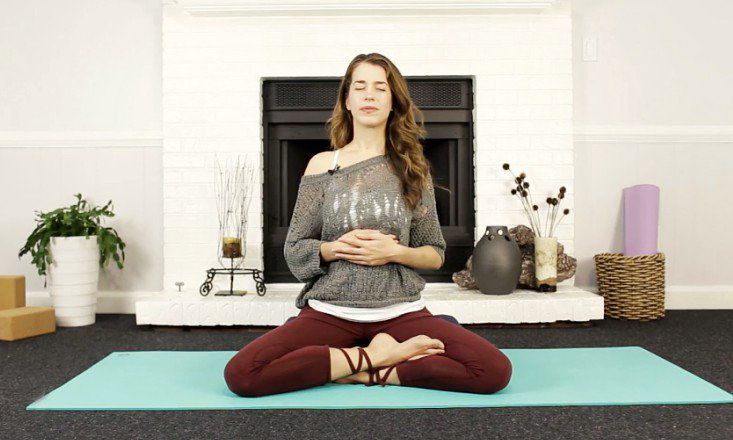
According to Sandy Abrams, breathing instructor and author of Breathe To Succeed, lion breathing is done like this:
🌬 Stand or sit in a safe place, close your eyes.
🌬 Look inside yourself and imagine that emotional negativity that you would like to get rid of.
🌬 Take a long, slow, deep breath through your nose.
🌬 As you exhale, stick out your tongue, bulge your eyes and exhale loudly with the sound "haa".
🌬 Repeat the exercise one to three times a day.
Alternate nostril breathing
Alternate nostril breathing is a common breathing technique used in yoga. And Hillary Clinton even practiced it during the 2016 election.
“It was designed to increase airflow to both hemispheres of the brain,” says Abrams. This activates both the logical and creative hemispheres. Studies have proven that this method suppresses anxiety . For example, in a small 2017 study, participants performed alternating nostril breathing for 15 minutes before simulating public speaking. Compared to the control group, people who performed the breathing technique had a lower level of anxiety.
Compared to the control group, people who performed the breathing technique had a lower level of anxiety.
Abrams outlines the following steps for alternate nostril breathing:
🌬 Close the right nostril securely with your thumb and take a slow, deep breath through the left nostril.
🌬 At the peak of inhalation with the ring finger, securely close the left nostril, pausing for a second, then release the thumb of the right hand and exhale through the right nostril.
🌬 Then repeat with the other side.
🌬 Do the exercise for 2-3 minutes.
Deep yoga breathing
Deep yogic breathing is a technique that teaches you to use the entire volume of your lungs. Beginners do this practice in the supine position. Once deep breathing becomes comfortable, it can be practiced in any position.
Warning: The first time you do this exercise, you may experience dizziness. In case of rapid breathing, it is necessary to slow down breathing and slowly rise.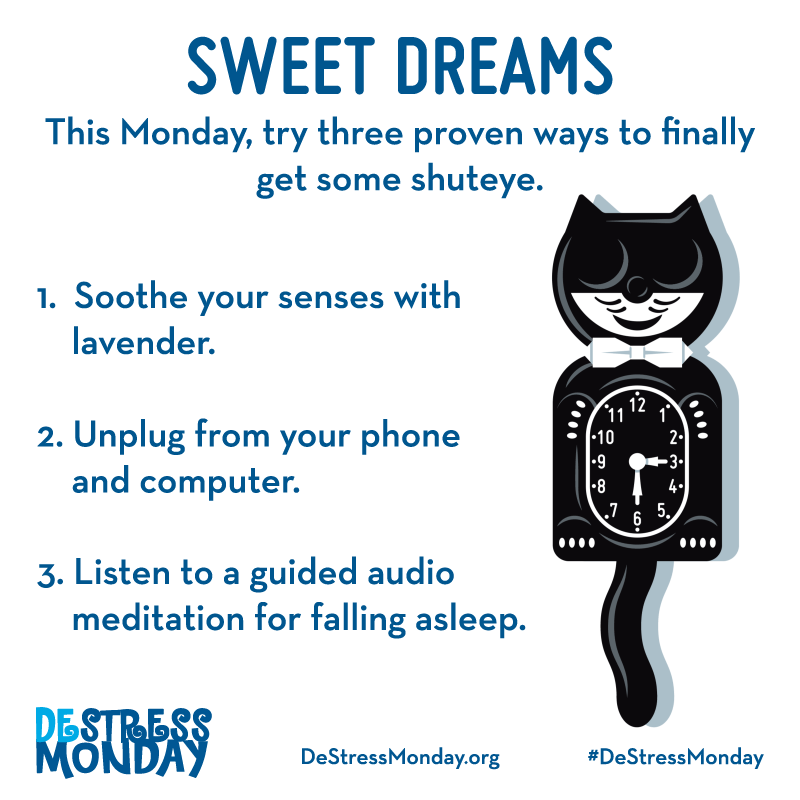
Breathing technique:
🌬 Put one hand on the stomach, the other on the chest.
🌬 Inhale through your nose and exhale through your mouth 8-10 times.
🌬 While breathing, try to fill your lungs so that the stomach expands and the chest remains motionless.
🌬 After 8-10 breaths, start inhaling first with the lower and then with the upper part of the chest. The hand on the stomach should drop slightly.
🌬 As you exhale, make a quiet whistling sound with your mouth and lower your arms from your stomach and chest to your side.
🌬 Do this for three to five minutes.
Box breathing
Box breathing is a relaxation technique that involves inhaling, holding and exhaling at regular intervals. The symmetry of this practice is unique among breathing exercises, as methods such as 4-7-8 usually emphasize longer exhalations than inhalations.
According to Fidan Karamehmet, box breathing is performed as follows:
🌬 Inhale slowly through your nose for 4 counts.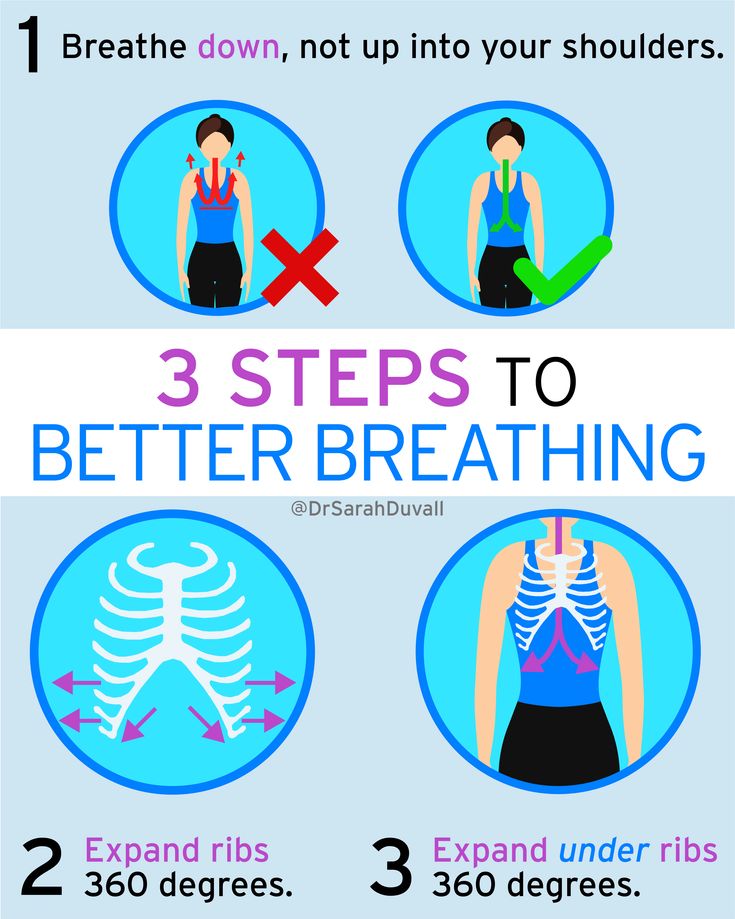
🌬 Hold your breath for 4 counts.
🌬 Exhale through your nose for 4 counts.
🌬 Hold your breath for 4 counts.
🌬 Repeat as often as you like.
Kapalabhati (Fire Breathing)
Kapalabhati, also known as Fire Breathing , is a breathing technique that can make you blush due to increased blood circulation due to muscle tension, states Fidan Karamehmet.
This is a key aspect of Kundalini Yoga, a branch of yoga designed to balance the chakras, or "energy centers" of the body. According to Fidan Karamehmet, although there are few scientific studies on the benefits of fire breathing, anecdotal evidence suggests an improvement in blood circulation and digestion.
Warning: Don't practice Breath of Fire on a full stomach, says Fidan Karamehmet, as you'll tighten your abdominal muscles, which can cause nausea or cramps.
Fidan Karamehmet highlights the following stages of kapalabhati:
🌬 Sit or stand straight, in a comfortable position, close your eyes.
🌬 Place your hands on your knees or hips, palms up.
🌬 Exhale completely in short bursts before inhaling.
🌬 Inhale through the nose, and then exhale sharply, straining the body.
🌬 Be sure to contract the lower abdomen so that during each exhalation, forcefully push all the air out of the diaphragm and lungs.
🌬 Focus on the exhalation and the inhalation will happen naturally.
As a result
Despite the fact that each of the above exercises differs in execution technique, they all allow to direct all attention to breathing . It helps relieve anxiety, reduce stress and improve overall well-being .
With consistent practice, some of these exercises, such as pursed-lip breathing, can even increase lung capacity and help with symptoms of COPD or asthma. However, if you feel dizzy while doing any of these exercises, stop practicing until you consult your doctor.
Source: Insider, 9 breathing exercises to manage anxiety, reduce stress, and improve sleep Sports Academy and Racquet Club in New Logan, Utah.
How to breathe properly for health
Author, editor and medical expert - Klimovich Elina Valerievna.
Editor and medical expert - Harutyunyan Mariam Harutyunovna.
Number of views: 8,631.
Last updated: 12/28/2022
Average reading time: 6 minutes.
Contents:
How to breathe correctly?
Incorrect breathing
Lessons in correct breathing: 5 main points
Controlled breathing
Metronomized breathing
Proper breathing - a combination of different techniques
Clavicular (upper)
Middle
Abdominal
How to breathe correctly?
Many people think that breathing does not need to be learned, because everyone has always breathed without learning it. Of course, breathing in order to saturate the blood with oxygen is a spontaneous act that does not need to be learned 4 . However, as the day progresses, breathing patterns change: when you exercise, your tissues need more oxygen, so you breathe deeper when you move 3 .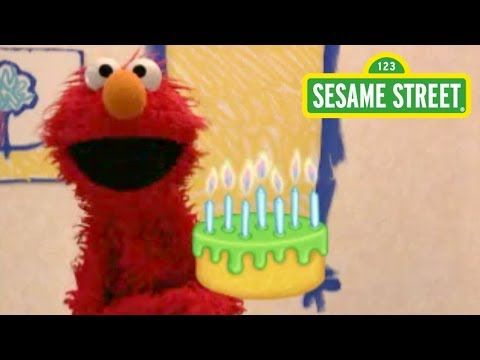 But breathing just as deeply at rest, when you are resting or want to relax your muscles, is not at all necessary, moreover, it is harmful because of the risk of increasing the excitability of the brain 7 .
But breathing just as deeply at rest, when you are resting or want to relax your muscles, is not at all necessary, moreover, it is harmful because of the risk of increasing the excitability of the brain 7 .
Our body constantly regulates breathing movements so that pulmonary ventilation meets the body's metabolic needs 3 . But what if our habitual breathing turns out to be wrong, not good for health? If nature is given the opportunity to consciously control inhalation and exhalation, then we can choose the right breathing technique for ourselves.
How to learn to breathe correctly, we will tell in this article.
Wrong breathing
In the same way that overeating is considered harmful, intense breathing (hyperventilation) that exceeds the body's need for oxygen cannot be beneficial either 7 . Many people from the point of view of physiology breathe incorrectly: superficially, rapidly, without pauses. But it is precisely in the pauses between inhalation and exhalation that carbon dioxide accumulates in the blood and cells of human organs, without which the vital activity of the whole organism is disrupted.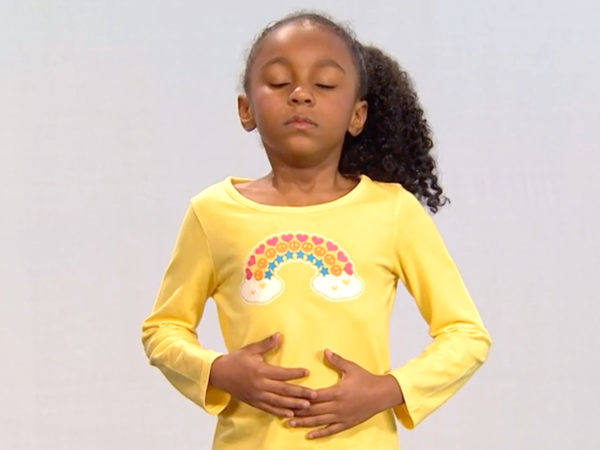 0248 1 .
0248 1 .
Carbon dioxide is good for the body: it normalizes the functioning of the respiratory center, calms the nervous system, dilates blood vessels and maintains the level of metabolic processes in the body at an optimal level 1 .
Improper breathing means not allowing the lungs to fill up with enough oxygen, while losing more carbon dioxide than necessary 1 . With a change in the content of oxygen and carbon dioxide in the blood, an overstrain of protective systems occurs, which can manifest itself in different ways, for example, spasm of the bronchi and an increase in mucus secretion into their lumen, narrowing of blood vessels, contractions of the muscles of internal organs and even an increase in cholesterol levels. In order to somehow restore the balance, the center of regulation begins to adapt: respiratory movements are made more often, and the amount of oxygen that is absorbed from the inhaled air decreases 1 .
Back to top
Lessons in correct breathing: 5 main points
Proper breathing contributes to the healing of all body systems, increases endurance and improves sleep 1 . In order for the exercises to be beneficial, follow a few rules during classes:
- Start exercising gradually. Pay attention to discomfort during exercise and dizziness - these signs signal a violation of the technique or the need to reduce the load 1 .
- Exercise at your own pace, taking into account your heart rate 1 .
- Begin each breathing movement with a deep exhalation in a calm state 1 .
- Do breathing exercises outdoors 1 .
- Breathe through your nose, even during exercise 5 .
The last point is very important. As air passes through the nasopharynx, it is cleared of dust, germs, and other particles that can harm the lungs. In addition, the winding passages of the nasal cavity, covered with a mucous membrane, warm the cold air, and the tonsils (a cluster of immune cells in the nasopharynx) protect the body from the penetration of millions of bacteria 1 . Also, nasal breathing helps maintain body temperature and improves brain activity 5 .
Also, nasal breathing helps maintain body temperature and improves brain activity 5 .
If you breathe through your mouth, on the contrary, oxygen saturation of tissues decreases, heart rate and blood pressure increase. If this becomes a habit, then narrowing of the airways, the development of heart disease and the deterioration of the quality of sleep are possible 5 .
Next, we will look at some breathing techniques that you can practice on your own to learn how to breathe correctly.
Controlled breathing
Most people overload their respiratory system, that is, they breathe faster and deeper than they really need. This leads to the depletion of carbon dioxide reserves and chronic oxygen starvation. Training is aimed at reducing the depth and frequency of respiratory movements by willpower 6 .
To control breathing 2 :
- Sit with your back well supported.
- Place one hand on your stomach and the other on your chest.

- Concentrate on your breathing, you can close your eyes if it helps you to relax.
- Breathe in slowly through your nose and out through your mouth evenly and calmly, with as little effort as possible.
During the exercises, try to count: after counting to 4, take a breath, at the count of 7 - hold your breath, at the count of 8 - exhale, making an audible sound 6 . Make sure that the exhalation is twice as long as the inhalation 6 .
If the technique is performed correctly (the hand on the stomach is raised higher than the hand on the chest), then it will help to quickly take control of breathing 2 , and at the same time reduce stress levels, normalize blood pressure and reduce nasal congestion 6 .
Metronomized Breathing
This correct breathing technique is suitable for activities that require physical exertion or can cause shortness of breath, such as climbing stairs 2 .
- Don't rush. Break the intended goal into small components in order not to get tired (one flight of stairs).
- Inhale through the nose just before the “effort” (climbing the step), and perform the movements on the exhale.
While the work is being done, breathing should remain slow and deep with the participation of the abdomen (“abdominal”) 2 .
When the breathing process becomes correct, the chest gets the opportunity to expand to its natural volume, and the amount of carbon dioxide and oxygen in the body returns to normal. As a result, human performance increases and the risk of developing disorders associated not only with the respiratory, but also with the nervous and cardiovascular systems is reduced 1 .
Back to Top
Proper Breathing - A Combination of Different Techniques
It should be noted that there is no ideal type of correct breathing, no technique is "good" or "bad", each is suitable for different circumstances and for different purposes. It is important to learn to combine several breathing techniques, especially if you tend to breathe in any one way 4 .
It is important to learn to combine several breathing techniques, especially if you tend to breathe in any one way 4 .
Clavicular (upper)
90% of women breathe upper or shallow breathing , which is also called “clavicular”, because during breathing only the shoulders and collarbones rise, while the stomach and middle part of the chest remain motionless 1 . With this type, only the upper part of the lungs is involved in gas exchange, but this technique improves the function of bronchopulmonary lymph nodes 1 .
Average
The second type - frequent intercostal breathing . Such a mechanism is "turned on" when we are in a stuffy room, so as not to breathe deep stale air. In this case, air penetrates exclusively into the middle part of the lungs 1 .
Medium breathing improves blood flow to internal organs, reduces pressure on the heart. The abdomen and shoulders do not participate in respiratory movements.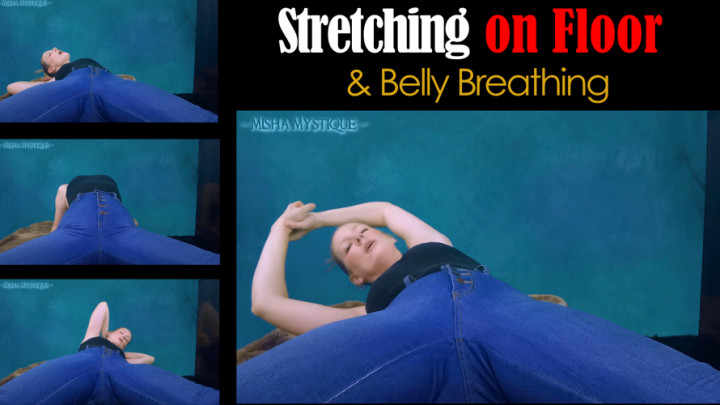 During inhalation, the ribs expand in both directions, during exhalation they contract and forcefully push air through the nose 1 .
During inhalation, the ribs expand in both directions, during exhalation they contract and forcefully push air through the nose 1 .
Abdominal
Another method is called deep or "abdominal" breathing . Usually strongly built men breathe like this during a quiet rest. This type is more preferable, since the air fills the lungs as much as possible 1 .
Abdominal breathing lowers blood pressure, normalizes digestion and improves heart function. The exercise begins with a maximum exhalation and retraction of the abdominal wall. During a slow inhalation, the wall of the abdomen arches forward, and the lower part of the lungs is filled with air. At the end of the exhalation, the abdomen is actively drawn in to release all the air through the nose. In this technique, only the stomach makes wave-like movements, thereby participating in the act of breathing and massaging the internal organs 1 .
When the three practices are combined, when inhaling and exhaling, all the organs of the respiratory system are involved in turn, and the productivity of the lungs increases 1 .
Having decided to learn how to breathe properly, start with the main thing - get rid of the habit of breathing through your mouth. 7 If you cannot breathe freely through your nose, you need to contact a specialist to find out the cause of nasal congestion and eliminate it.
The information in this article is for reference only and does not replace professional medical advice. For diagnosis and treatment, contact a qualified specialist.
Return to top
Literature:
- Serazetdinova L.I., Utegenova N.R., Shaidullina G.G. Techniques of breathing exercises as a component of the system. 2016. 40 p.
- WHO. Recommendations to support self-rehabilitation after illness caused by COVID-19
- A.F. Kayumova, I.R. Gabdulkhakova, A.R. Shamratova, G.E. Insarov. Physiology of the respiratory system. 2016. 60 p.
- Calais-Germain, B. All about proper breathing and breathing techniques.

Learn more


